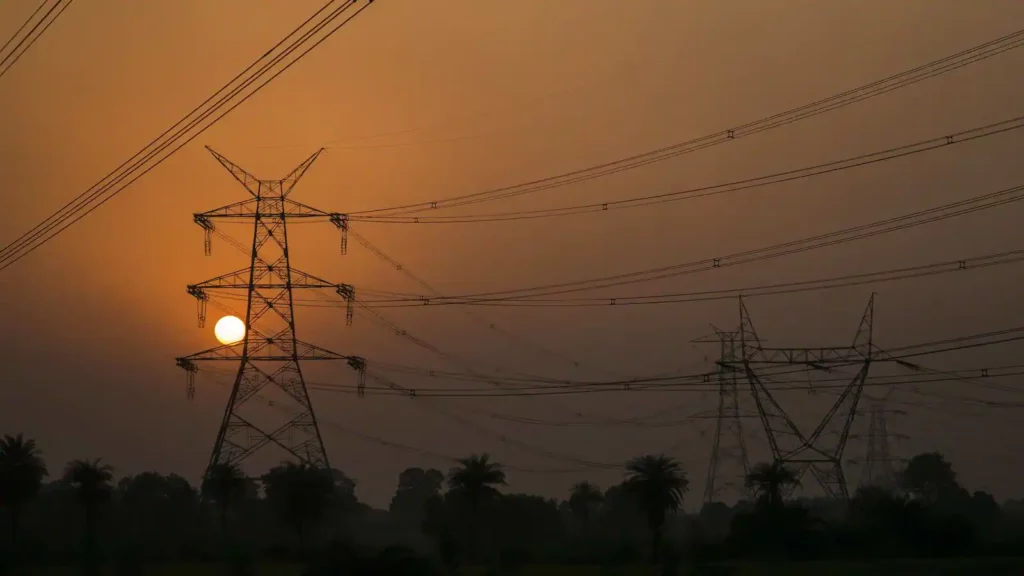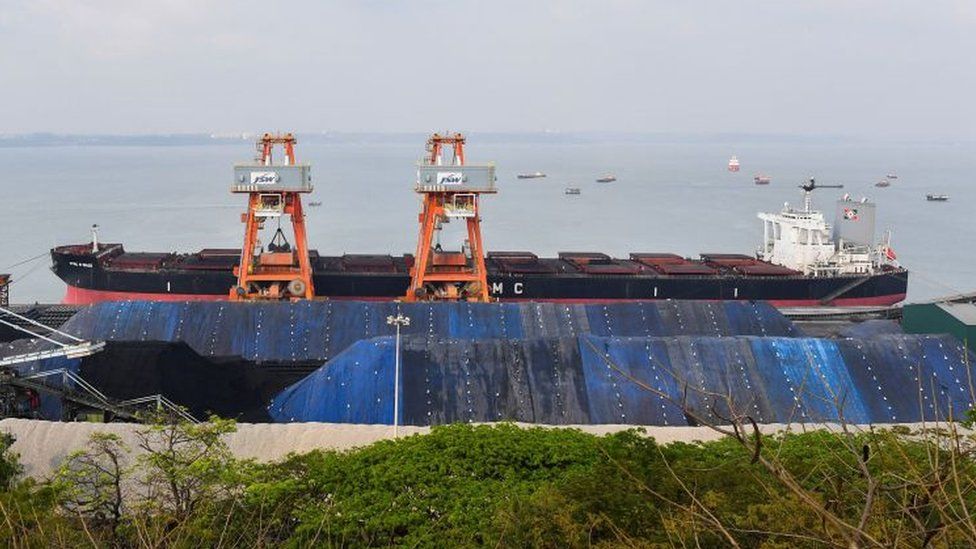More than half of the country’s 135 coal-fired power plants are running on fumes – as coal stocks run critically low.
In a country where 70% of the electricity is generated using coal, this is a major cause for concern as it threatens to derail India’s post-pandemic economic recovery.
India is the latest country to face a serious power crisis, with authorities warning that the country’s power plants are running hazardously low on coal.
In India, coal is the bulk primary energy contributor, with a 57% share of its energy mix. This is not expected to change soon. By 2040, coal is expected to cover 42% of India’s new demand for energy.
The current crisis resulted from reduced coal supplies and a failure of policy, which led India’s power generators to cut down on imports on the back of surging international coal prices. India’s power ministry has said that the 135 thermal power plants operating in the country had an average of just four days of coal stocks as of Friday, down from 13 days of supplies in early August.
According to the Central Electricity Authority (CEA) data, 16 of India’s 135 coal-fired power plants had zero coal stocks as of September 29. Over 80% of the plants had less than a week’s stock left, while over half of them had stocks that would last fewer than three days.
A problem of their own making
With demand ever-increasing and supply low on the domestic front, the Indian power sector is facing a “perfect storm”, according to Aurodeep Nandi, India economist at Nomura Financial Advisory and Securities.
India’s domestic coal supplies are beset with inefficiencies, with the state-owned Coal India Limited (CIL) consistently failing to meet annual targets. CIL makes up 83% of domestic production and 63% of total coal supply (in tonnes). India’s reliance on CIL to keep up with surging demand has placed them in a position where demand has vastly outstripped supply.
According to the power ministry, heavy September rains in in coal-mining areas had hit both production and delivery of coal, while plants themselves had failed to build up their stocks prior to the monsoon season.
The impacts of the Covid-19 pandemic have also exacerbated the power crisis. The pandemic led to a fall in investment of 15% within the energy sector in 2020. This further exacerbated financial strains across the board, but especially within India’s electricity distribution companies.
What is the likely impact?
Experts say importing more coal to make up for domestic shortages is not an option at present.
“We have seen shortages in the past, but what’s unprecedented this time is coal is really expensive now,” said Dr Aurodeep Nandi, India Economist and Vice President at Nomura.
“If I am [as a company importing expensive coal, I will raise my prices, right? Businesses at the end of the day pass on these costs to consumers, so there is an inflationary impact – both direct and indirect that could potentially come from this,” he added.
If the crisis continues, a surge in the cost of electricity will be felt by consumers. Retail inflation is already high as everything from oil to food has become more expensive.
Vivek Jain, Director at India Ratings Research described the situation as “precarious”.
In recent years, India’s production has lagged as the country tried to reduce its dependence on coal to meet climate targets.
India’s Power Minister RK Singh, in an interview with The Indian Express newspaper, said the situation is “touch and go” and that the country should brace itself for the next five to six months.
A senior government official, on the condition of anonymity, confirmed to the BBC that the situation is worrying.
If this persists, Asia’s third-largest economy will struggle to get back on track, warns Ms Zohra Chatterji, the former Chief of Coal India Limited – a state-run enterprise responsible for 80% of the country’s coal supply.
“Electricity powers everything, so the entire manufacturing sector- cement, steel, construction – everything gets impacted once there is a coal shortage.”
She calls the current situation a “wake-up call for India” and says the time has come to reduce its over-dependence on coal and more aggressively pursue a renewable energy strategy.
What can the government do?
The question of how India can achieve a balance between meeting demand for electricity from its almost 1.4bn people and the desire to cut its reliance on heavily polluting coal-burning power plants has been a major challenge for the government in recent years.
The vast scale of the problem makes a short-term solution unlikely, according to Dr Nandi.
“It’s just the sheer scale of things. A huge chunk of our energy comes from thermal [coal]. I don’t think we’ve reached that stage yet where we have an effective substitute for thermal. So yes, it’s a wake-up call, but I don’t think the centrality of coal in our energy needs is set to be replaced anytime soon, he said.
Experts advocate a mix of coal and clean sources of energy as a possible long-term solution.
- Why India can’t live without coal
“It’s not completely possible to transition and it’s never a good strategy to transition 100% to renewables without a backup. You only transition, if you have that backup available because then you’re exposing a lot of manufacturing to many risks associated with the environment“, Mr Jain said.
Long term investment in multiple power sources aside, former bureaucrats like Ms Chatterji say a crisis like the current one can be averted- with better planning.
She feels there is a need for closer coordination between Coal India Limited – the largest supplier of coal in the country and other stakeholders.
From ensuring smooth last-mile delivery to demanding more accountability from power companies in India, Ms Chatterji adds, “power producers must stockpile coal reserves, they must have a certain quantity at all times.
But in the past, we have seen that has not happened because maintaining such an inventory comes at a financial cost.”




